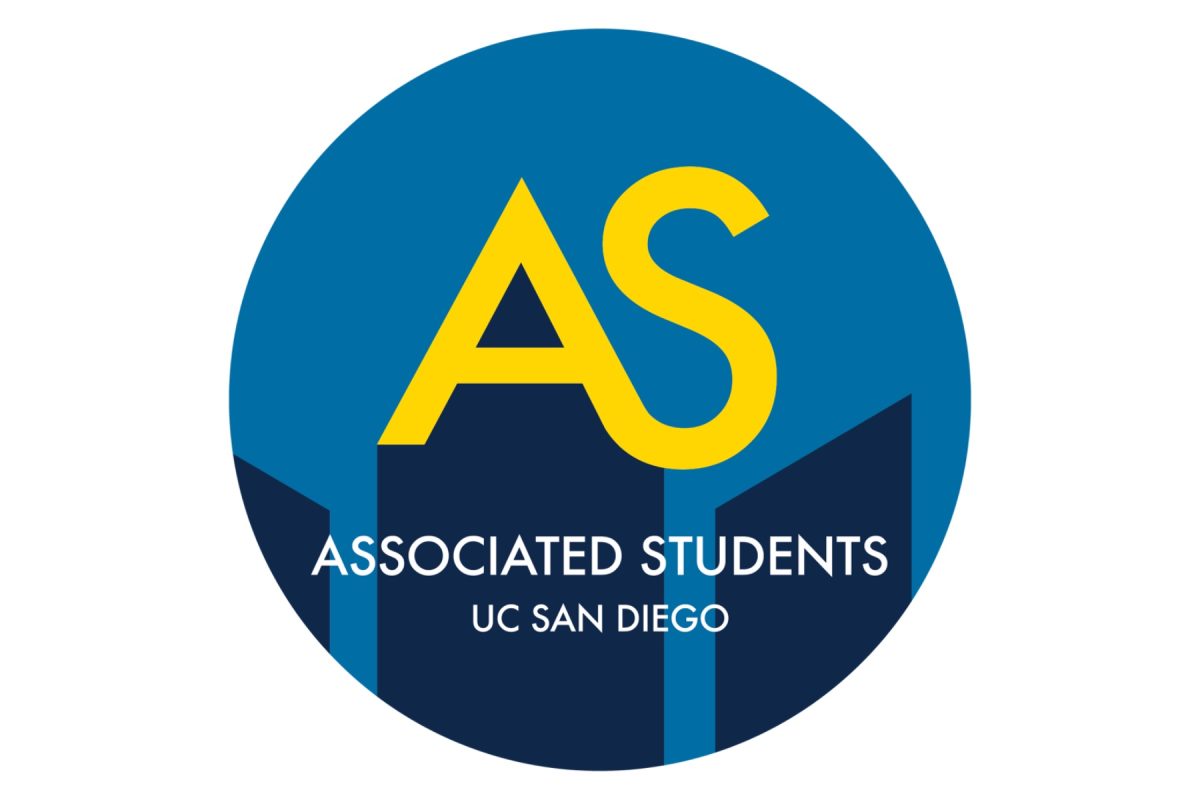UC President Janet Napolitano and Gov. Jerry Brown attended a two-day climate summit at UCSD that began last Monday and ended on Tuesday. Researchers from across the University of California comprised the UC Climate Solutions group and collectively presented 10 methods to achieve carbon neutrality.
The panelists at the summit emphasized the need to act in order to prevent an overall increase in global temperature of two degrees Celsius by 2050, which would result in increased frequency and intensity of the symptoms of climate change, such as floods, heat waves, droughts, drinking water contaminants and food shortages. However, the 10 solutions presented could all be implemented immediately to support a full transition to carbon neutrality.
UCSD’s Sustainability Manager Sara McKinstry said she hopes that the comprehensive approach proposed at the summit will inspire people from different institutions and disciplines to work together to fight climate change.
“The solutions presented in the ‘Bending the Curve’ report cover everything from policy recommendations to economic incentives to new technologies to communications. We need that kind of comprehensive approach to deal with climate disruption,” McKinstry told the UCSD Guardian. “We brought people together across campuses, institutions, corporations and disciplines, and the hope is that people will be inspired to continue those kinds of cross-collaborations.”
The report covered both short and long-term solutions to become carbon neutral by 2025 and reducing reliance on fossil fuels. Dr. Jane Teranes, Associate Director and Lecturer at the Scripps Institute of Oceanography, said that keeping time constraints in mind will be beneficial for the people in the future.
“A lot of times in the media we focus on carbon dioxide emissions but there are other greenhouse gases — methane and black carbon — that are much easier politically to reduce,” Teranes told the UCSD Guardian. “I liked how the report brought our attention to some easy projects upfront while still emphasizing that CO2 emissions have to be reduced globally. Having some short-term solutions like targeting methane and black carbon while we try and figure out a way to target the longer term CO2 emissions is a great approach.”
Kate Moser, media specialist for the UC Office of the President, commented on how the drought has had deleterious effects on California agriculture.
“I was managing my family’s farm before I came to UCOP, and as a farmer I was witnessing firsthand what many of us are with the implications of the drought,” Moser told the Guardian. “I can see the implications of climate change and its impact on California agriculture and what that might mean for the future of family farms and California.”
Teranes also described how the efforts to reduce the impact of climate change will affect future generations.
“Dealing with symptoms associated with climate change is one of the greatest challenges right now and it’s interesting because it has generational consequences, so what we do right now matters,” Terranes said. “There is also a social justice implication since a lot of the countries that emit most of the greenhouse gasses aren’t necessarily the populations that are going to suffer the most serious consequences. Our country and other countries in the developed world have a responsibility to do something about it.”
In addition, Moser discussed the urgency of the situation and how it is imperative that UCOP take action.
“The injustice of climate change is something that Napolitano has said, too — the implications of climate change are so severe it’s become a moral imperative to try and take action,” Moser said. “That’s why the summit and things like the Cool Campus Challenge that is going on right now on all of our campuses are helpful — they get people to take actions in their own lives and try to do something collectively to solve this problem.”
McKinstry added that students have significantly more power than they realize when it comes to changing the world.
“Students are our future voters, leaders, entrepreneurs and parents,” McKinstry said. “Without students pushing for change, researching green technologies or doing things as simple as signing up for the Cool Campus Challenge to pledge to take action to lower their carbon footprints, we won’t successfully fight climate disruption.”
Teranes believes that the interdisciplinary studies UCSD focuses on will play a pivotal role in solving climate change in the near future.
“UCSD has produced a lot of interdisciplinary scientists, faculty and students and a lot of challenges in solving climate change lie now in what to do about it,” Teranes said. “For that I see an increase in need for interdisciplinary problem solvers.”
The solutions were published in their “Bending the Curve” report which aims to reduce the carbon footprint of the world’s wealthiest one billion people. Additionally, this collaborative research will be brought to the 2015 United Nations Climate Change Conference that will be held in Paris later this month.







